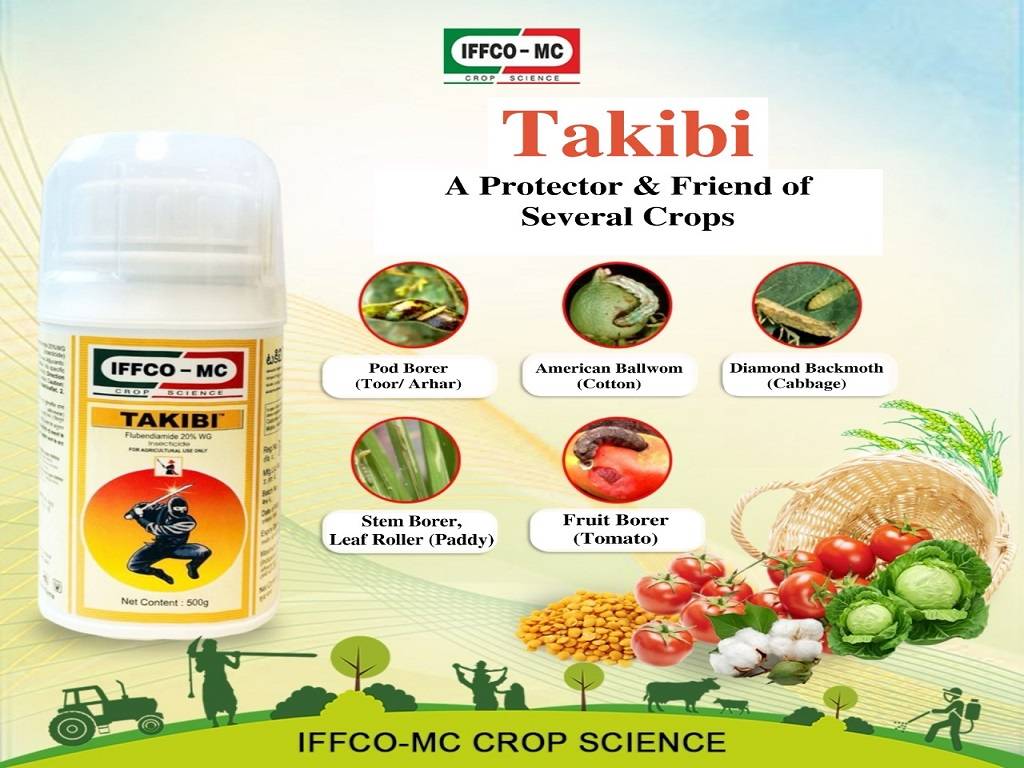
Pesticides designed to kill, hurt, repel, or mitigate one or more insect species are known as insecticides. Some insecticides cause nervous system disruption, while others can harm their exoskeletons, repel them, or exert other forms of control. Additionally, they can be packed in various ways, such as sprays, dust, gels, and baits.
Insects killed by broad-spectrum insecticides will be killed regardless of species. These pesticide classes, which are listed on the labels of every commercial pesticide, include the majority of neonicotinoids, organophosphate, pyrethroid, and carbamate insecticides.
When applied carefully, some broad-spectrum insecticides, such as chlorpyrifos can be useful for targeting specific pests. It's crucial to take into account how using a broad-spectrum pesticide would affect the helpful insect’s natural enemies. More resilient natural enemies will aid in controlling invasive species later in the season and reduce the frequency of chemical reapplications.
As a result, farmers must prioritize insect pest management. Scientists and experts propose using insecticides at the early stages of the afflicted crop to reduce production loss.
Keeping this in mind, IFFCO and Mitsubishi Corporation formed a joint venture to produce Tabiki (Flubendiamide 20% WG).
Flubediamide 20% WG is a new generation diamide chemical with a safe human and environmental profile. It has insecticidal properties via activation of the ryanodine-sensitive intracellular calcium release channels, which causes an abrupt halt to the feeding of insects after the consumption of the compound.
Takibi is used to control stemborer and leaf roller in paddy crops, American Bollworm in cotton, Pod borer in Pulses, Diamondback moth in cabbage and Fruit borer in Tomato.
Technical Name: Flubendiamide 20% WG
Features and USP of Tabiki:
-
Various species of caterpillars are controlled using broad-spectrum insecticides.
-
Insect stops destroying the crop immediately after the application.
-
Provides sustained control of intended pest, making it economical.
-
Environment-friendly, human- and plant-friendly.
-
Efficient in IPM and IRM programs.
Application and Method of Use-
|
Recommended Crops |
Recommended Diseases |
Dosage Per Acre |
Waiting period (days) |
|
|
Formulation (ml) |
Dilution in water (Litres) |
|||
|
Cotton |
American Ballworm |
100 |
200 |
30 |
|
Tomato |
Fruit Borer |
100 |
200 |
5 |
|
Lentil |
Pod Borer |
100 |
200 |
30 |
|
Paddy |
Stem Borer, Leaf Roller |
50 |
200 |
30 |
|
Cabbage |
Diamond Back Moth |
25 |
200 |
7 |
Note:
For further details visit https://www.iffcobazar.in















